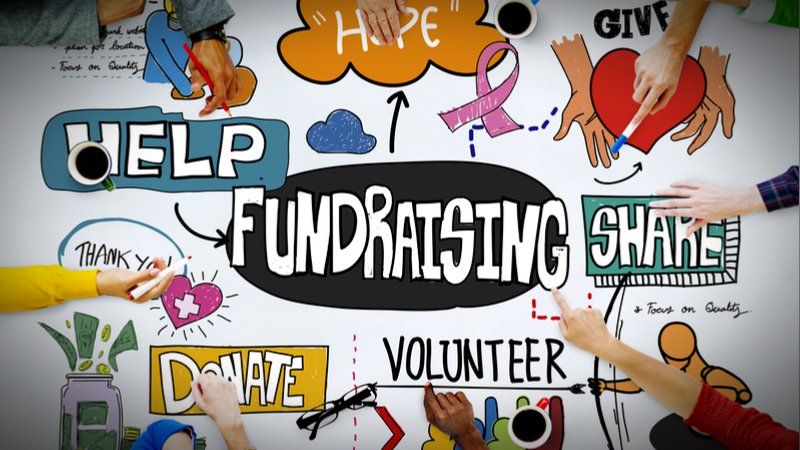SMS and MMS: More tools in the toolbox

Nonprofits can use Text Marketing to text donors about fundraising events and activities. They can use the use the keyword to ask people to text words like "donate" to get a link to a donation page, use text to coordinate volunteers to help when needed, and reach out and communicate with those in need through their mobile devices.
What is text message marketing?
Text message marketing, also referred to as SMS marketing, is the act of sending information about events, services, changes, activities, successes, etc. and providing calls to action to your key stakeholders via text message. Nonprofits can not only can use SMS text messaging, for messages less than 160 characters, but also MMS (Multimedia Messaging Service), which enables more text and also use of pictures and videos to communicate messages.
It’s often referred to as Mass (or Group) Texting, which allows organizations to reach key groups en masse by composing and distributing one text message or text campaign. This is not group texting like you can do on your personal cell phone. Messages are sent to each person in the group individually, and each text can be personalized with names and other custom, personalized data fields that appeal to individuals directly.
Why text message marketing?
Text message marketing, also referred to as SMS Marketing, is currently the most effective way for nonprofits to reach their donors, volunteers, and clients. Did you know that text messages have nearly a 100% open rate? Many people will ignore phone calls, emails, and social media messages, but not texts. The use of targeted and personalized text messages to solicit donations, update donors on events and activities, coordinate volunteers, and keep clients informed has quickly becoming the most effective way to get your message heard.
According to the New York Times, Americans check their cell phones an average of 80 times per day. That’s about once every 12 minutes! Most people have their cell phone within arm's reach, even when they are sleeping. By texting information, you can be assured your target audiences will get your message, read it, and respond. Today, it's the number one way to increase engagement - you can reach the people you need to contact quickly and easily, and 45% of text messages are responded to within 90 seconds!
Learn more
Using text messages to communicate
Here are five ways nonprofits can use SMS and MMS marketing:
1. Promote Fundraising Events
Text marketing is a fast, low cost, and easy way to tell people about events. Create a message and send it to all of your past donors and other targeted groups with just a few clicks. Send pictures along with links to your website.
2. Send Thank You Texts
Let your donors know that you appreciate their support with SMS automation for their donation or for attending your event. Remember, texts can be customized to individuals, so it appears you're contacting them personally!
3. Organize Volunteers
Easily coordinate all of your volunteers by creating bulk messages that can be personalized and sent to each person individually. You can then carry on a two-way conversation (not "reply all") with anyone who responds.
4. Follow Up With People You Have Helped
Schedule automated text messages to follow up with clients who have used your services over a set period of time. When someone answers, you can have direct exchanges with them, follow their progress, etc.
5. Capture New Leads
Ask recipients to text a keyword to donate or receive additional information automatically. You can also integrate your existing website and contact form into your text messaging service, to make it easier for people to engage.
Post Author
Greg Armfield
- President, TextP2P
More Information
Contact Greg for more information.
SHARE THIS POST











